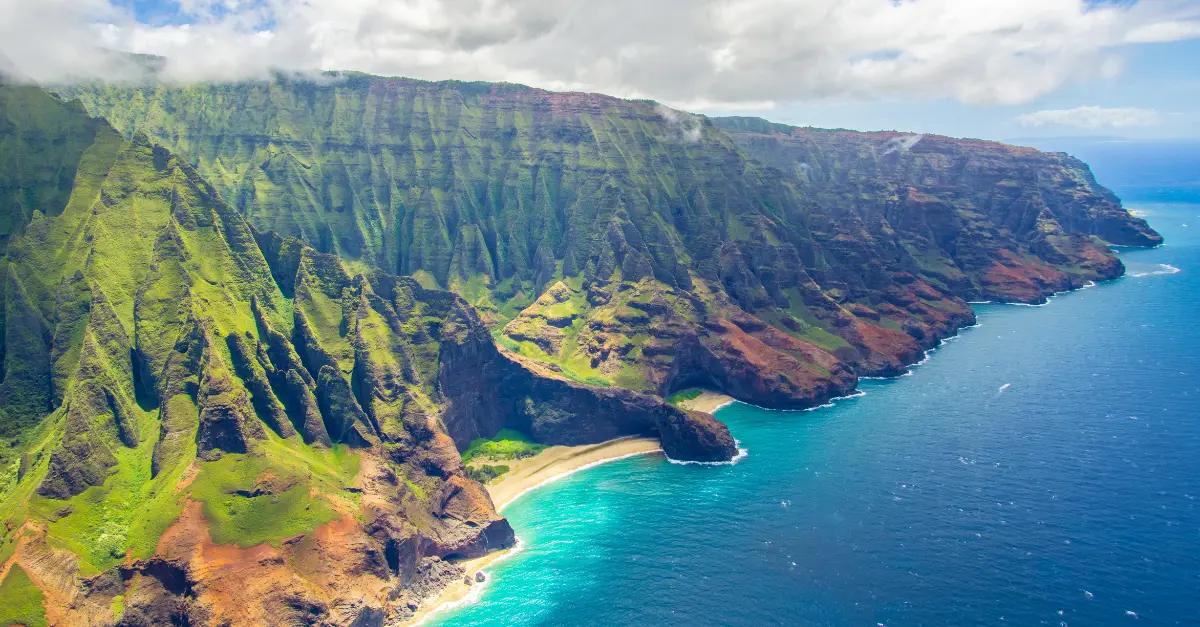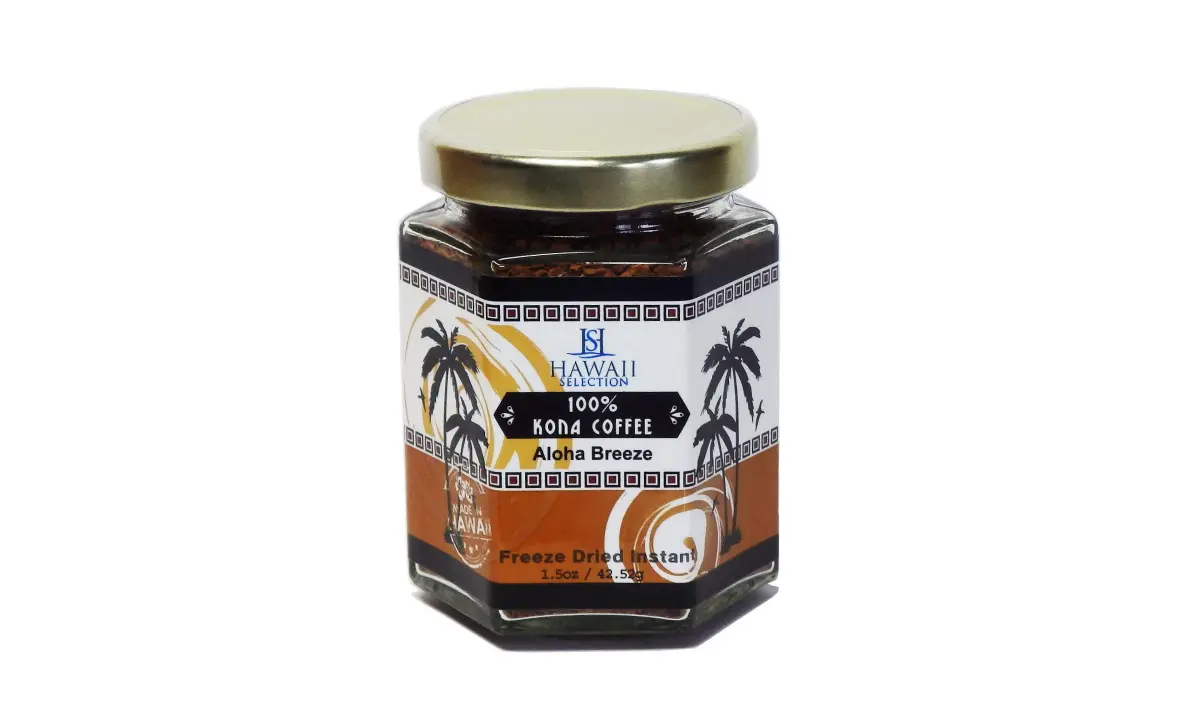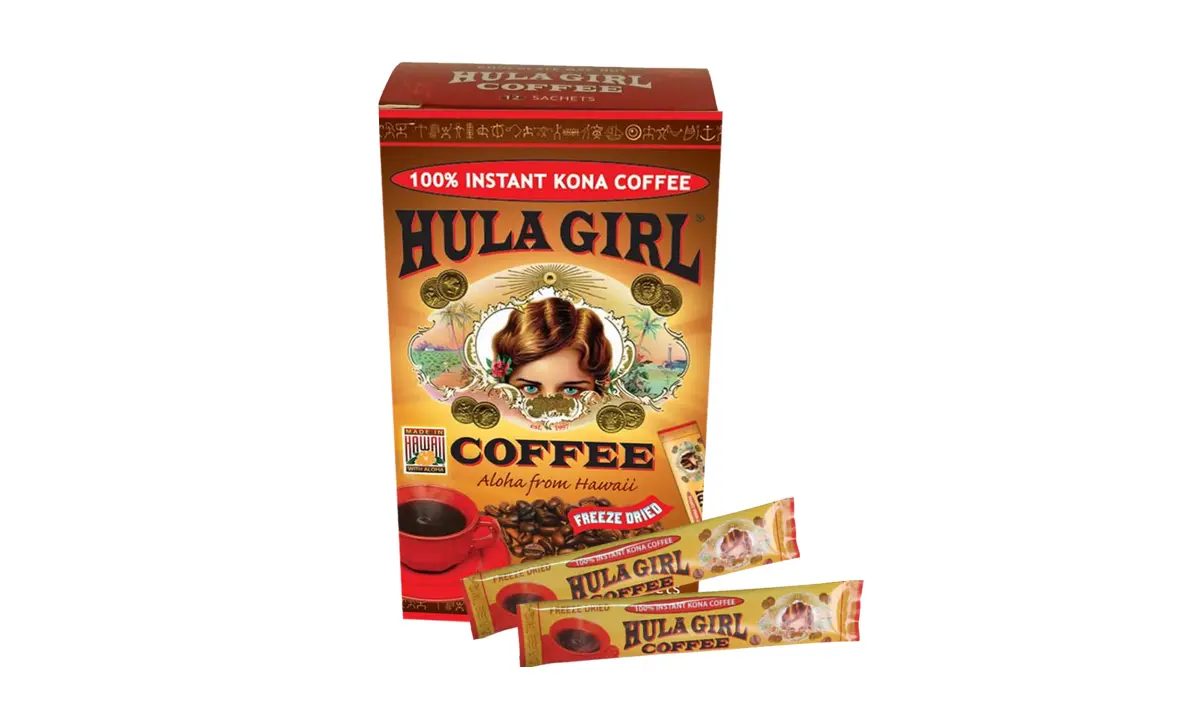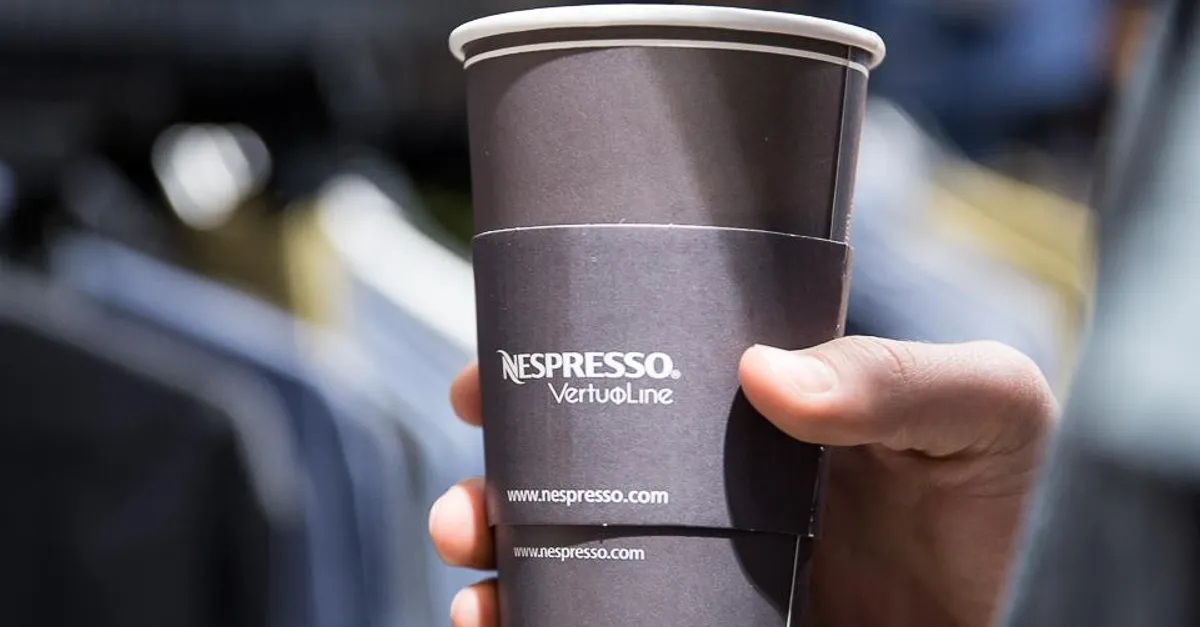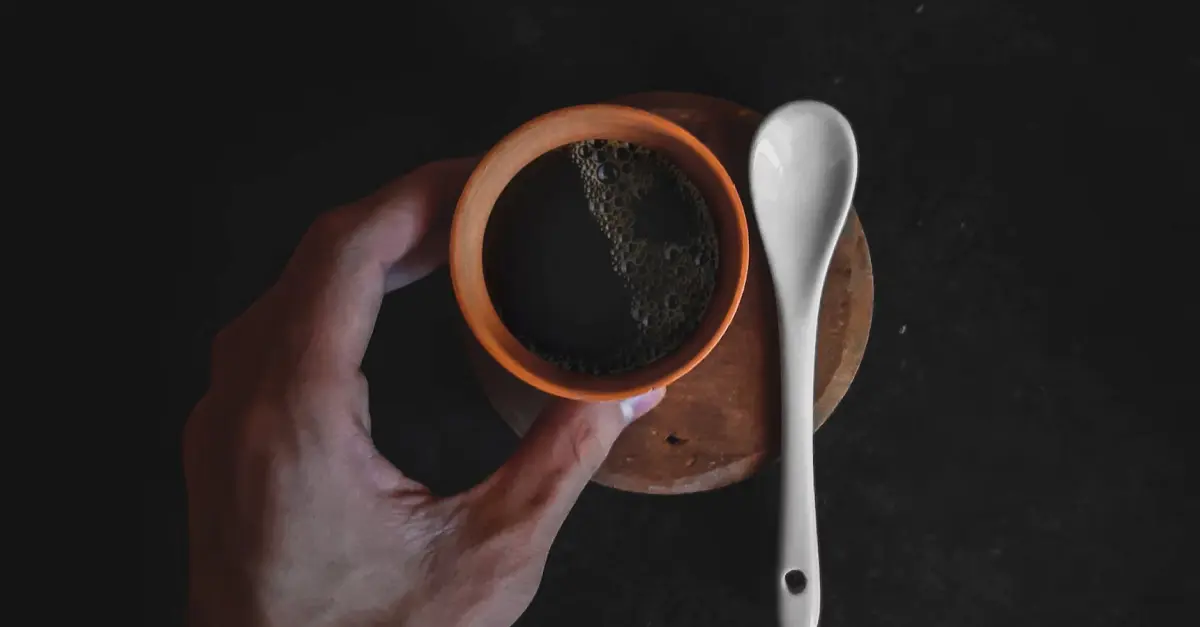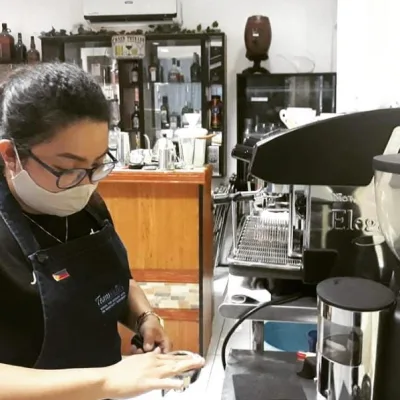What is Kona Coffee?
Kona coffee is one of the most exclusive specialty coffee since it is grown in a particular region called the Kona belt in coffee farms in Hawaii. Kona coffee is an Arabica bean produced by small farmers in volcanic lands. Harvesting this coffee variety must be carefully hand-picked to keep the quality intact, then processed in small batches. Hawaiian coffee is rare. It makes up just 0.04 percent of the world’s coffee supply.
If you want to try, you can get Kona coffee online or in specialty stores. Be aware that most Kona coffee blends in the market are often mixed with other roasts because, according to Hawaiian law, you only need at least 10% of certified Kona coffee in your blend to claim it as a Kona blend.
Where To Buy The Best Instant Kona Coffee
If you have never had Kona coffee before, the following brands are some of the best instant Kona coffee brands on the market today:
1. Instant Kona coffee from Hawaii Selection
4.3 out of 5
Instant Kona coffee from Hawaii Selection
Instant Kona coffee from Hawaii Selection is pure and freeze-dried to maintain its high-quality standard. You can choose how strong your coffee is by purchasing them in 1.5 oz packages rather than a single serving.Hawaii Selection is designed and manufactured in Hawaii. It doesn’t take long for you to enjoy premium 100% Kona coffee in just a few seconds! There is no need to add anything else besides water!
Pro:
- Can be used in sauces
- Delicious smell
- Glass jar is more eco-friendly than plastic single-serve
Con:
- Kona beans are more expensive than other brands
- A bit acidic
2. Hula Girl
4.3 out of 5
Instant freeze-dried Kona coffee
This particular brand offers instant freeze-dried Kona coffee as well. Their products come in sachets, making it much simpler to measure the right amount of ingredients while preparing instant coffee. Hawaiian freeze dried and made from the finest Kona Coffee beans. There’s a deep floral flavor with a really nice finish. Bags like this are about the same size as a glass cups. You could drink a coffee the size of the glass cup they sell with the extra space in this bag.
Pro:
- Very practical to bring anywhere
- Delicious smell
Con:
- Kona beans are more expensive than other brands
- Less eco-friendly package
3. Kohola Traveler’s Coffee
4.2 out of 5
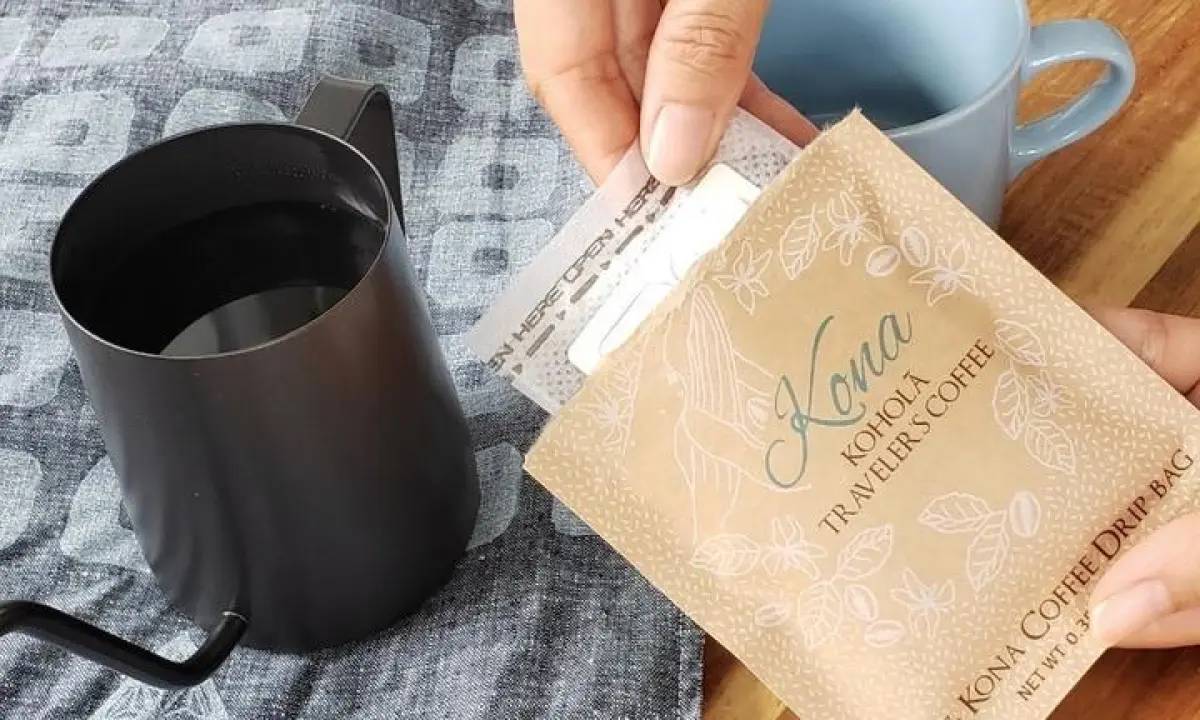
Kohola Traveler’s Coffee 100% Kona Coffee offers a blend that is comprised of 100% Kona coffee. This single-serve packet contains 1 Drip Bag of 100% Kona Coffee that has notes of plum, lime, chocolate. Easy to use and no coffee brewing equipment needed, perfect for traveling. Made in Hawai’i.
Pro:
- Very practical to bring anywhere
- Delicious smell
- More eco-friendly package
- No coffee brewing equipment needed
Con:
- Kona beans are more expensive than other brands
4. Big Island Coffee Roasters
4 out of 5
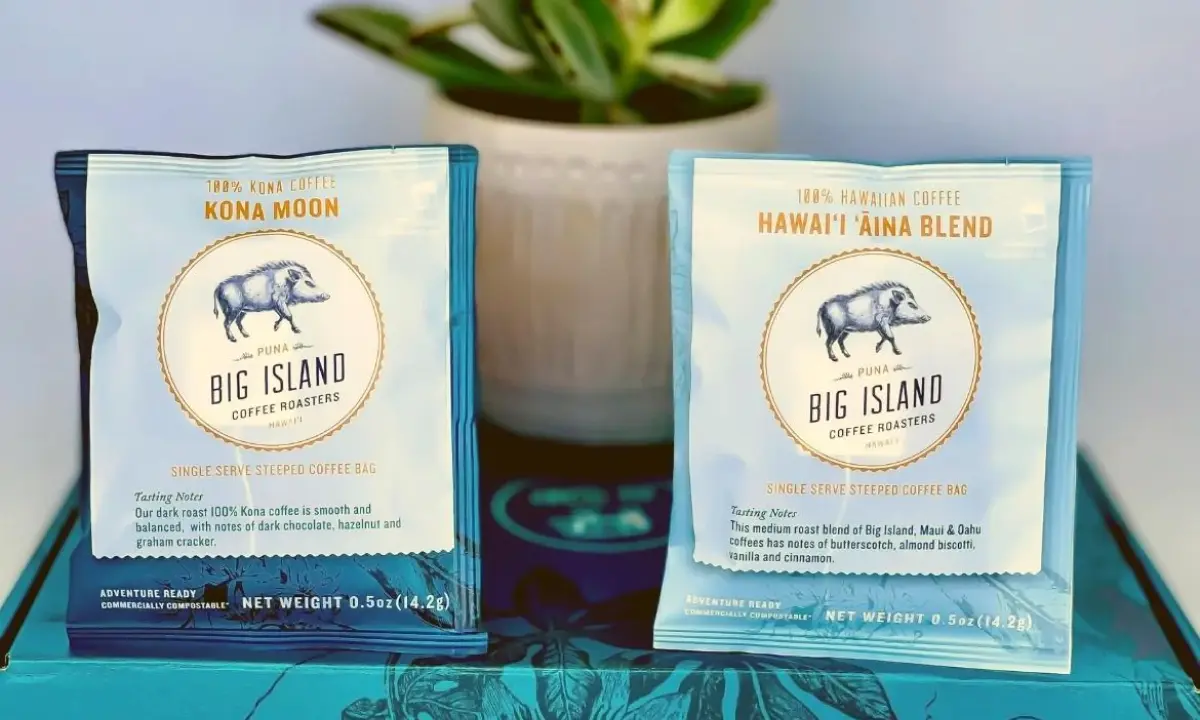
The Big Island Instant Kona Coffee is a scarce and sought-after variety. Ultimately, at Big Island Coffee Roasters work with the best 100% Hawaiian coffees available, and source high-quality and exclusive varieties from each Hawaiian coffee growing region – from 100% Kona coffee and Ka’u coffee to Maui coffee, Puna coffee and more.
Pro:
- Very practical to bring anywhere
- Nitro-sealed
- Delicious smell
- Fully compostable
- No coffee brewing equipment needed
Con:
- Kona beans are more expensive than other brands
How To Use Instant Kona Coffee?
Even if all you have to do to prepare your instant Kona coffee is add water brought to a boil, we still want to improve your experience by providing you with some additional pointers on how to prepare instant coffee.
To get started, bring some filtered water to a boil in a kettle. We strongly advise that you use filtered water because it removes any impurities from the water, allowing you to concentrate on the flavor of the beverage in question without interference from competing flavors.
First, dissolve the instant coffee in cold water to achieve a smoother consistency before adding the hot water. It will dissolve when you put it in cold water, and the flavor will not be gritty or scorched. After that, pour your boiling water into the cup and stir it.
Origins of Kona Coffee?
In 1828, Samuel Ruggles introduced coffee to Hawaii, and it quickly became a popular drink. Back then, sugar was still a precious and vital crop in Hawaii. That is why coffee was not a priority until Ruggles started growing it on the Hawaiian island of Kona. When they saw his results, many sugar plantation owners transitioned to coffee.
Hermann Widemann brought Guatemalan coffee beans to Hawaii and revived the coffee industry after it had been struck hard by harsh weather and pests. This variety is called the Kona Typica and has been the go-to variety since then.
The coffee business faced further hit after World War II when sugar became a more desirable product. In the 1980s, however, as the economy stabilized and tourism expanded, Hawaiian coffee once again gained widespread attention.
From 1993 to 1996, a particular coffee supplier decided to capitalize on the rising demand for Kona coffee by passing off less expensive coffee beans as real Kona coffee. This misleading information was a contributing factor that resulted in the mandatory certification of Kona coffee by the Department of Agriculture of Hawaii.
Where is the Kona Coffee Belt?
Kona coffee belt is located on the Big Island of Hawaii within the Kona region. The Kona coffee belt is minimal. It stretches under 25 miles long and more than a mile in width. The restricted area explains why Kona coffee is so expensive, with only about 1000 small, family-owned farms operating in the area.
Kona is located on the slopes of the Hualalai and Mauna Loa volcanoes, which makes this land suitable for growing coffee. Volcanic dark soils are rich in nutrients and very light. The areas also provide shades and high altitudes, ideal for coffee to ripen more and thrive.
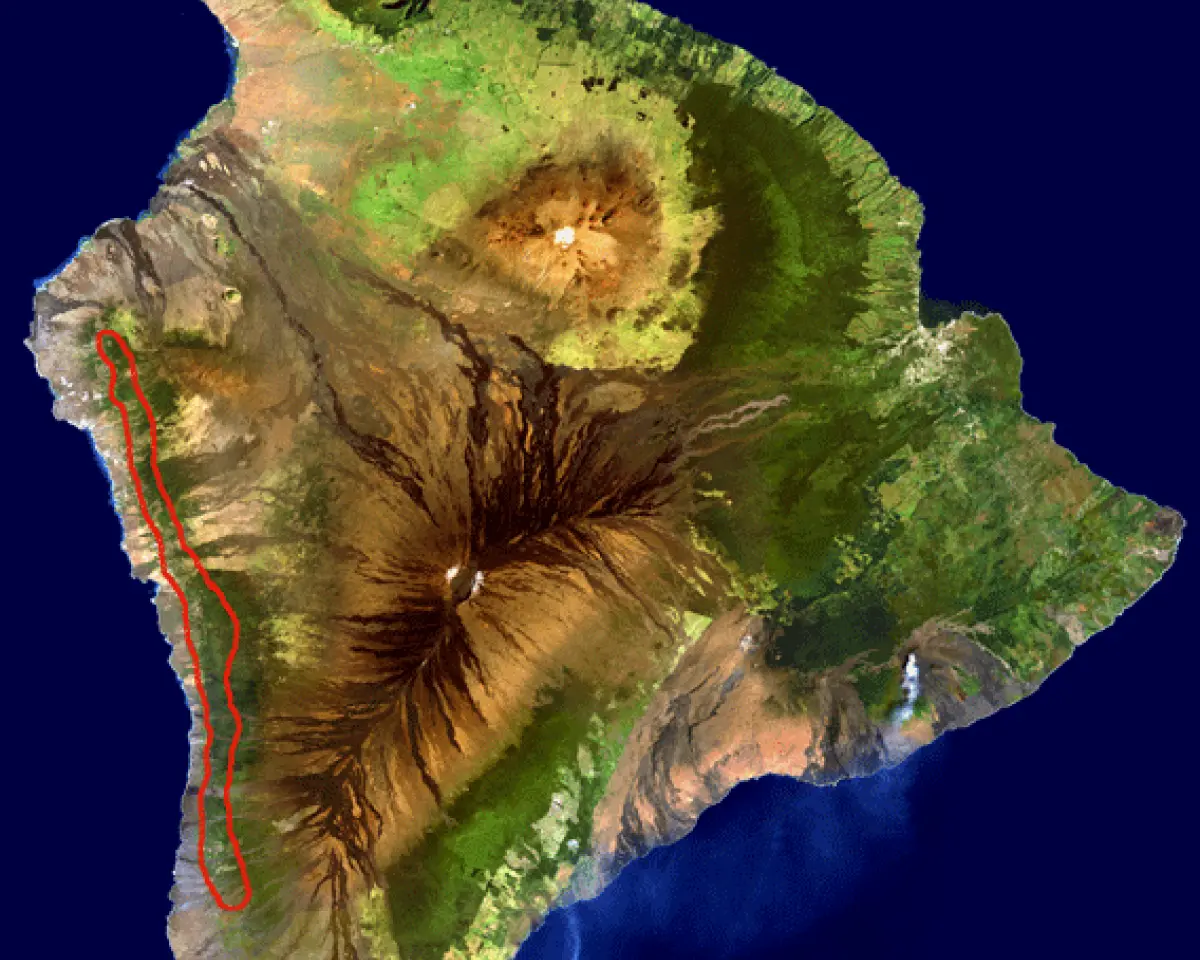
The Kona Coffee Plantation Belt
What is Instant Kona Coffee?
Instant Kona coffee is a dried soluble portion of roasted Kona coffee. Customers can purchase instant coffee in either granulated or powdered form, and it only requires the addition of water to be ready for consumption. Making instant Kona coffee can be accomplished by either the freeze-drying or spray-drying processes.
Dehydrate the coffee solution involves low temperatures to engage in freeze drying. Spray drying, on the other hand, takes place at very high temperatures.
Instant Kona coffee that is freeze-dried instead of spray-dried will generally better keep its flavor, fragrance profile, and nutritional contents than spray drying. The reason for this is that the majority of the chemicals are heat sensitive.
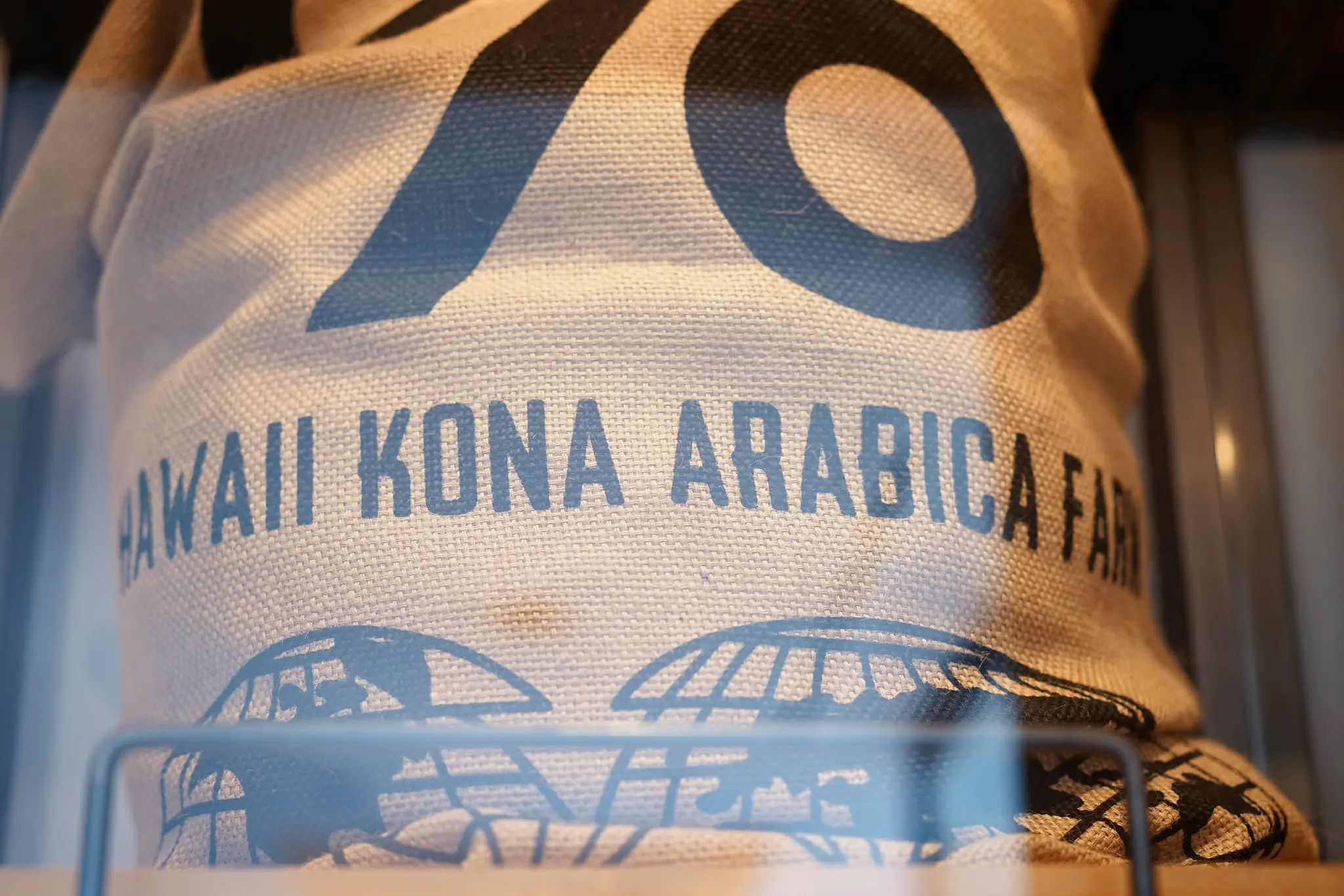
What Does Kona Coffee Taste Like?
The excellent and distinct flavor of Kona coffee is one of the reasons it is so popular. A Kona coffee that roasted will have a light, clean taste.
You will also experience hints of flavors and aromas of honey, fruit, cocoa, butter, and caramel. Sometimes you taste spicy wine notes, nuts, and citrus, thanks to its slightly acidic nature.
Be aware, however, that you will only obtain these qualities if you use 100% Kona coffee blends rather than mixed combinations. Mixed blends don’t have the same flavor profile as pure Kona coffee. Before you go ahead and buy some Kona coffee, you must be sure that you have paid careful attention to the labels on the packages.
